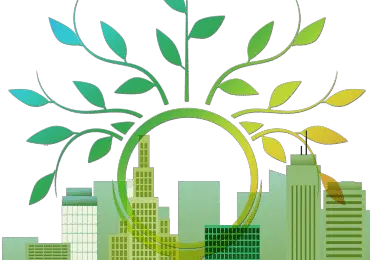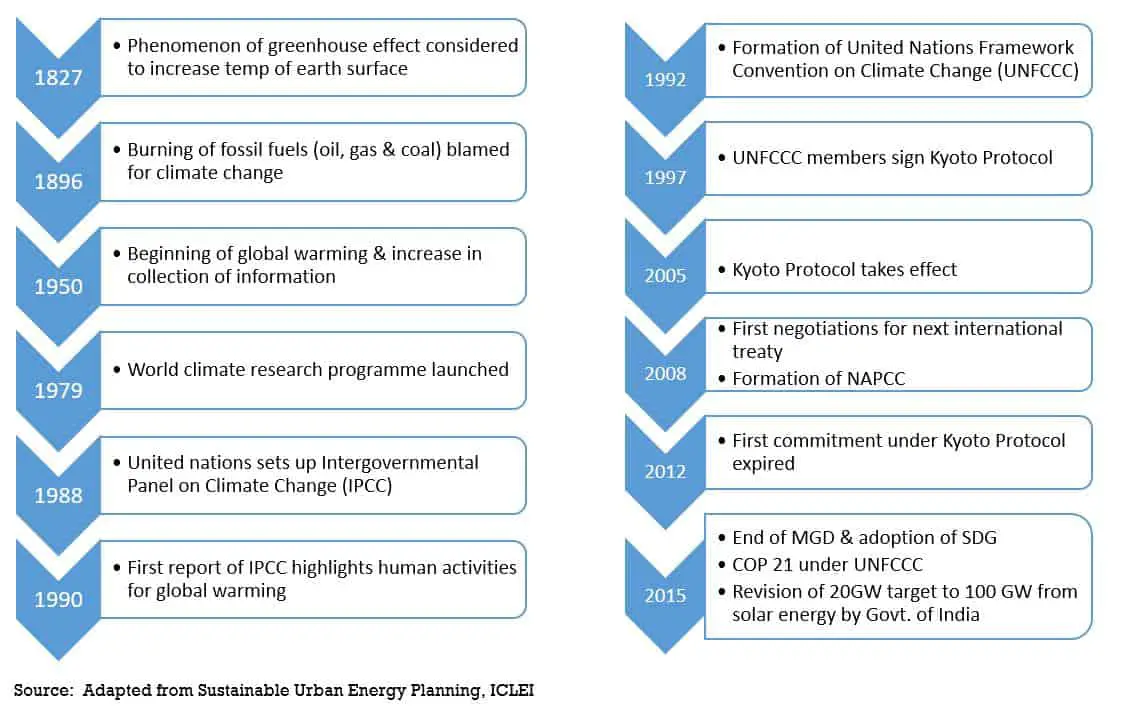Energy sector in India is dominated by central and state government. Policies being framed for generation, transmission and distribution is done by the central government by a combination of various ministries namely Ministry of Power, Ministry of Coal, and Ministry of New & Renewable Energy.
Ministry of Power is largely responsible for meeting the energy requirement of the country. It is responsible for evolving general policy in the field of energy. It looks after the all hydroelectric, hydel, thermal transmission and distribution system networks. It monitors generation, transmission, distribution of electricity in both urban and rural areas. Other focus area of ministry includes energy efficiency measures, energy conservation, research and training in power sector. Limited availability of fossil fuel like coal and gas further highlighted the importance of power from these sources. In addition, these sources provide a particularly attractive solution for meeting requirement of power at remote locations, in case of which it is not feasible to extend the grid.

Renewable energy sector in India
Renewable energy in India is gaining importance and efforts are being made to make a shift from conventional or non-renewable sources of energy to non-conventional sources of energy or renewable sources of energy. Ministry of New & Renewable Energy (MNRE) is the nodal Ministry of the Government of India responsible to facilitate research, design, development, manufacture and deployment of new and renewable energy systems for different sectors. The role of MNRE is gaining significance with the growing concern for country’s energy security and especially after the two oil shocks of 1970s. India remains a net importer of fuel to meet its energy requirements which puts strain on its resources.
Ministry of Power (MoP) is another ministry working in power sector and is solar energy being expensive and non-economical did not find much mention for large-scale electricity generation. In 2008 then Prime Minister, Dr. Manmohan Singh launched Jawaharlal Nehru National Solar Mission (JNNSM) which gave a boost to the use of Solar Energy in country. JNNSM set a target of 20,000 MW by 2022, this target was further revised by Prime Minister Narendra Modi in 2015 to 1, 00,000 MW by 2022 which was a fivefold increase.
Role of Urban Local Bodies in Renewable Energy Sector
Meeting the energy requirement by means of renewable energy sources is a step towards sustainable development and addressing climate change. Solar energy being a clean energy source and its availability in India and nature of possible decentralized uses makes it widely used source of energy, moreover it can be used by urban local bodies in number of ways to manage the energy requirement in the area under their jurisdiction.
Urban local bodies play a vital role in managing basic services like water supply, street lighting, and health services and apart from these various other services for which they pay a large amount of money for electricity consumption. While shifting to solar energy ULBs can contribute significantly for their own benefit and at the same time for various other direct and indirect benefits at different levels some of which will be covered in this study.

Since India is a developing nation and second most populous country in the world the energy requirement are bound to increase as the country progresses. This energy (electricity) requirement in the current scenario largely (54.5%) depends on Coal base thermal power pants which contribute to a large amount of pollution cause because of burning of coal. Coal being a non-renewable source of energy is not reliable in long term and also pollution caused by it have adverse health effects.
Time line for climate change
The concern for climate change has gained significant attention. To mitigate the effects and reduce the impact of climate change various actions are being taken. A brief timeline has been provided below which highlights the important years in the history of climate change and corresponding development in India.

UNDP – Sustainable Development Goals
The UN General Assembly Resolution A/RES/36/193 in 1981 underlined the need for cooperation among developing countries and mobilization of financial resources for new and renewable sources of energy. After 2002 UN World Summit on Sustainable Development, many advocacy organisation were setup, primarily to disseminate knowledge about renewable energy. Sustainable Development Goal (SDG) no. 7.1, 7.2, 7.a and 7.b clearly state that renewable energy must be given priority in the future agenda of all countries. These read as follows:
SDG-7: “Ensure access to affordable, reliable, sustainable and modern energy for all”
- By 2030, ensure universal access to affordable, reliable and modern energy services
- By 2030, increase substantially the share of renewable energy in the global energy mix
7.a By 2030, enhance international cooperation to facilitate access to clean energy research and technology, including renewable energy, energy efficiency and advanced and cleaner fossil fuel technology, and promote investment in energy infrastructure and clean energy technology.
7.b By 2030, expand infrastructure and upgrade technology for supplying modern and sustainable energy services for all in developing countries, in particular least developed countries, small island developing states and landlocked developing countries, in accordance with their respective programmes of support.